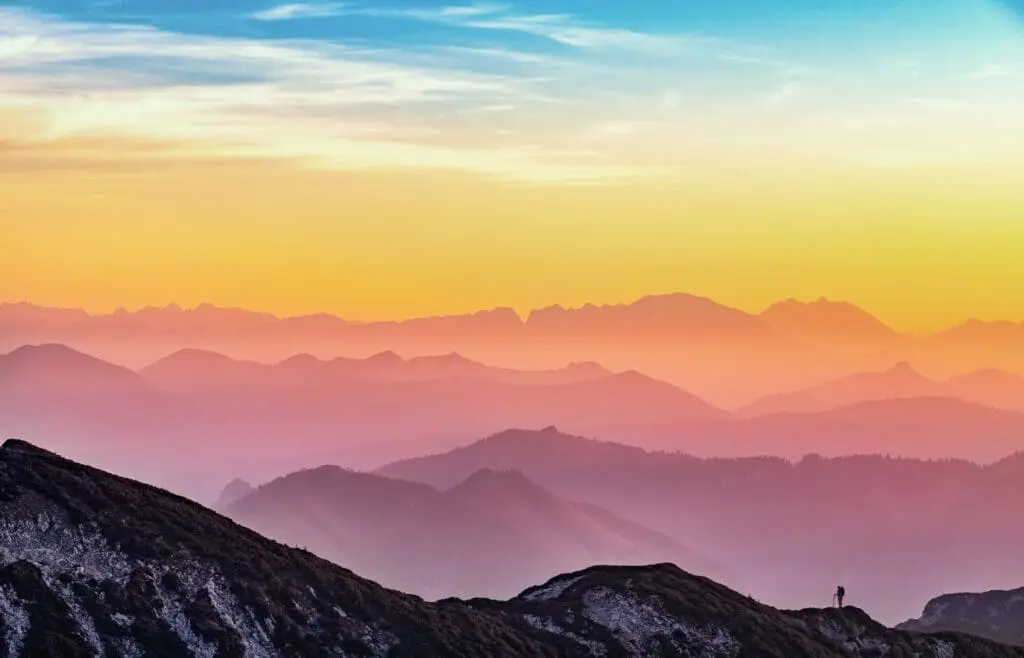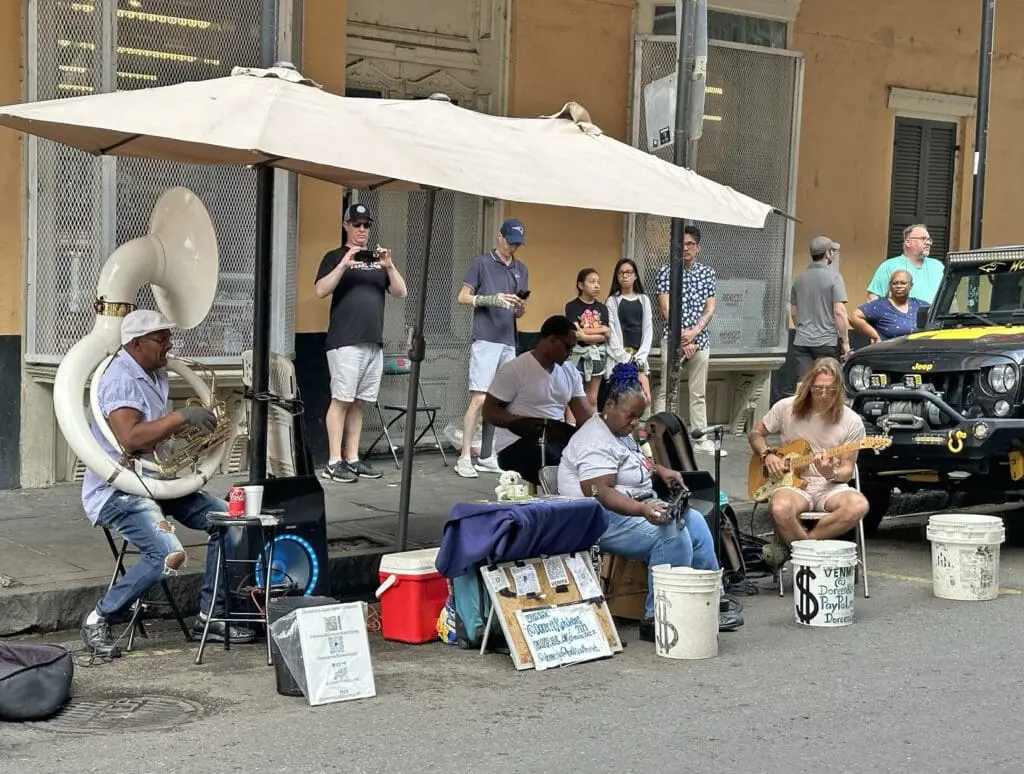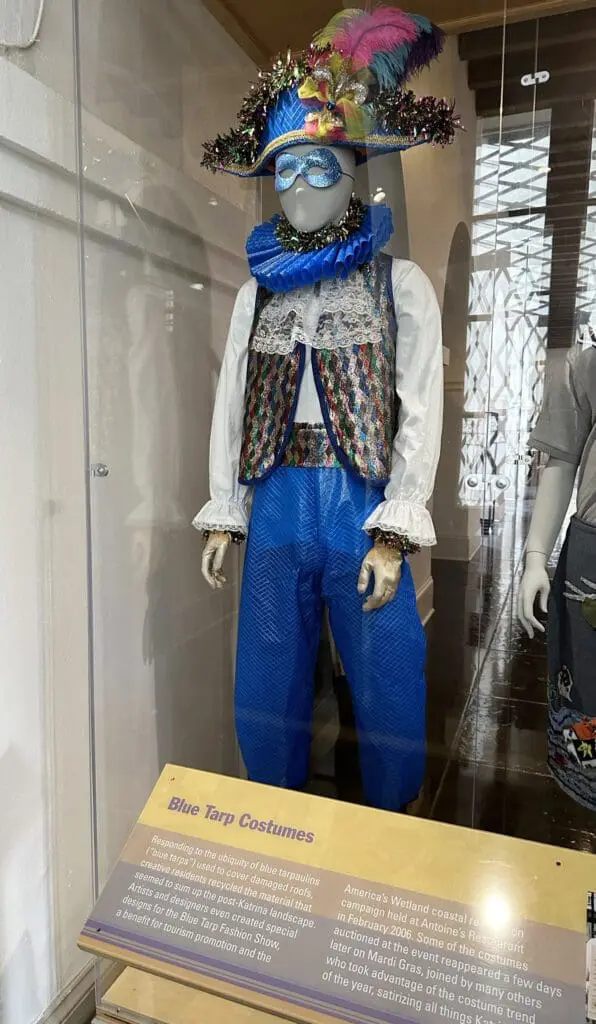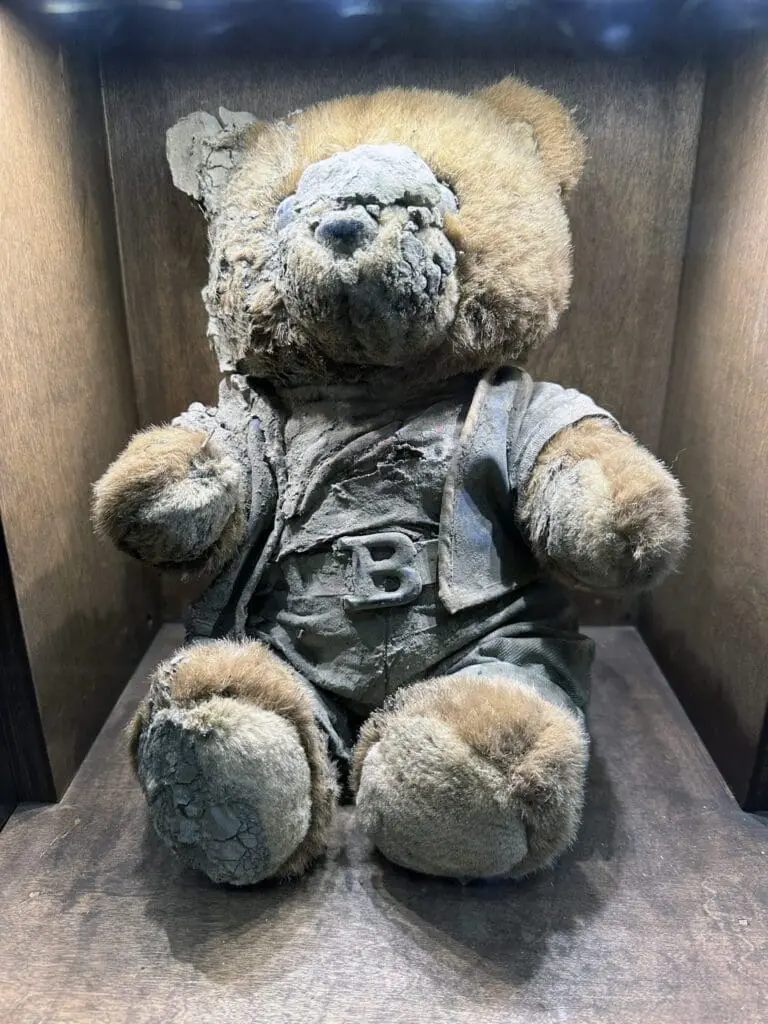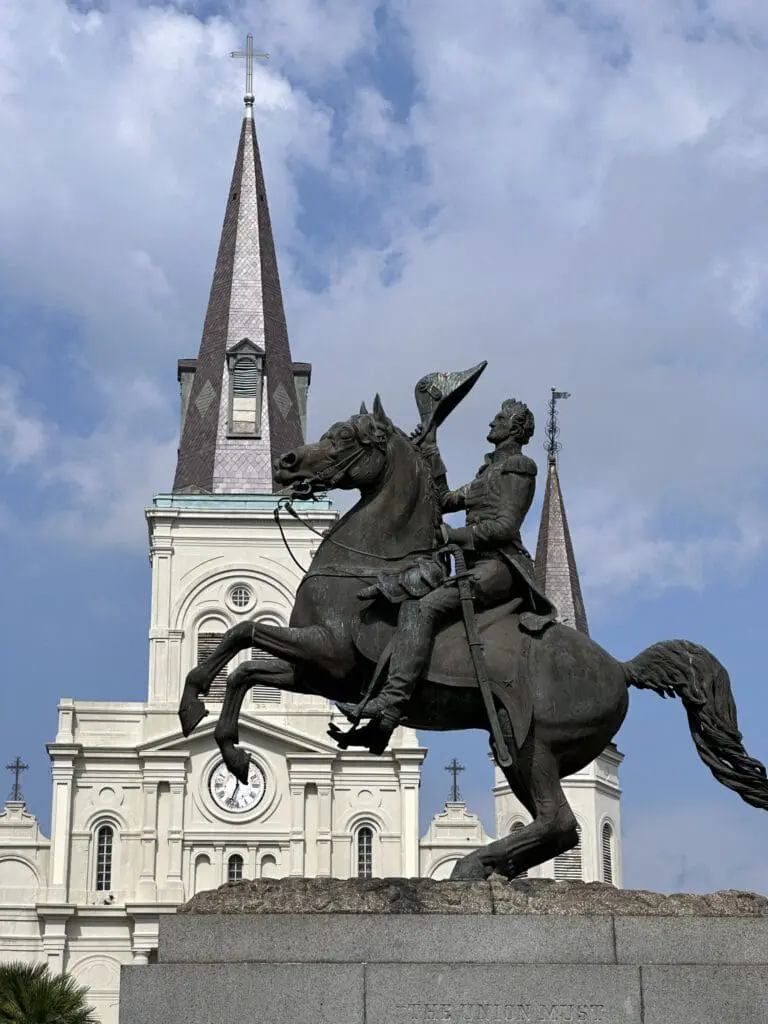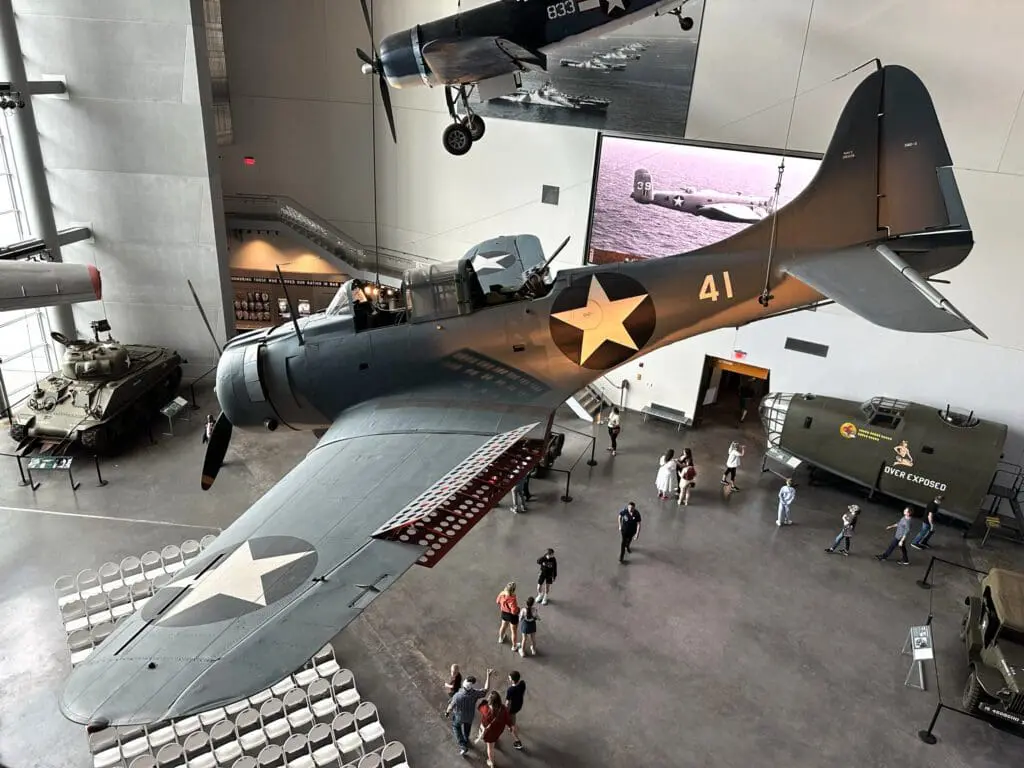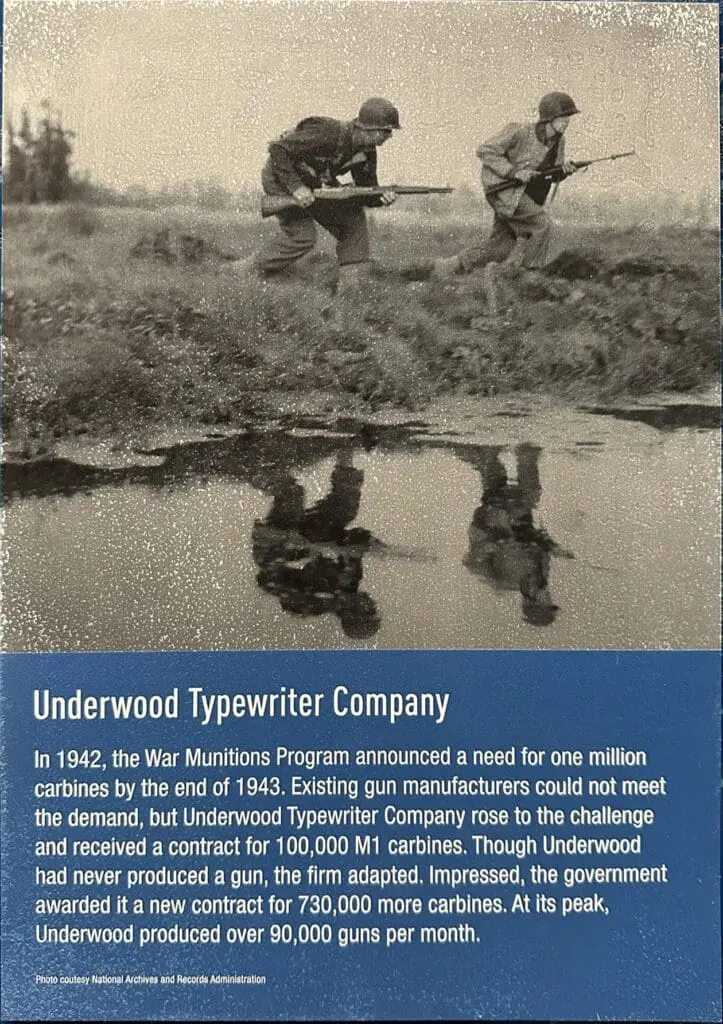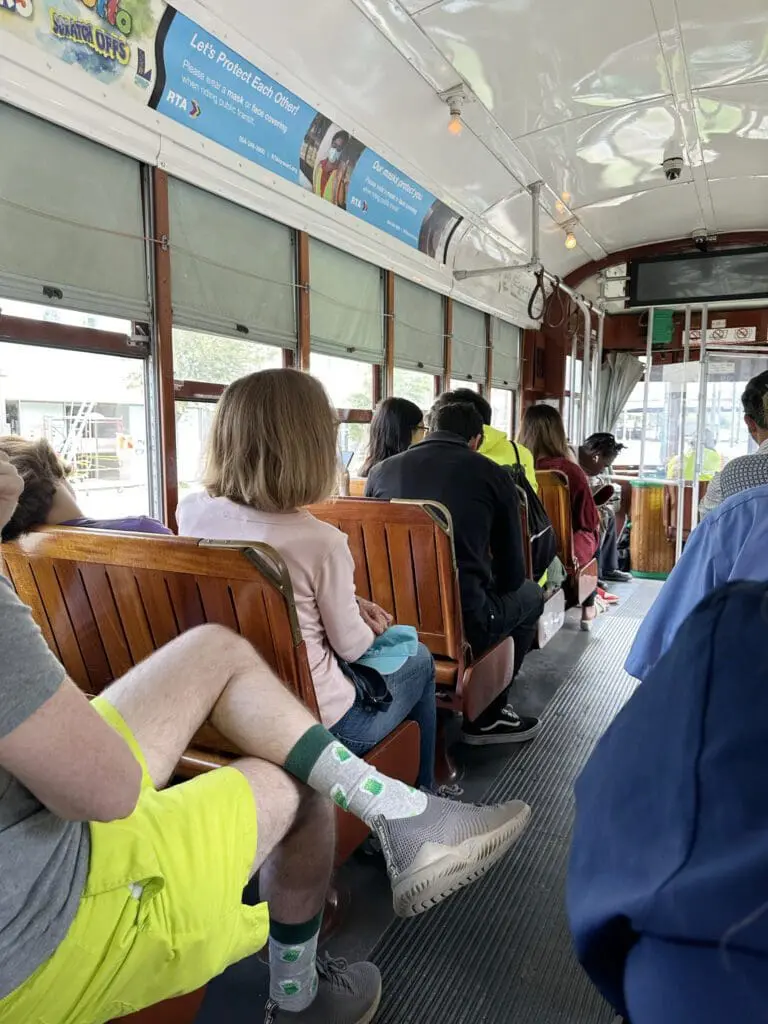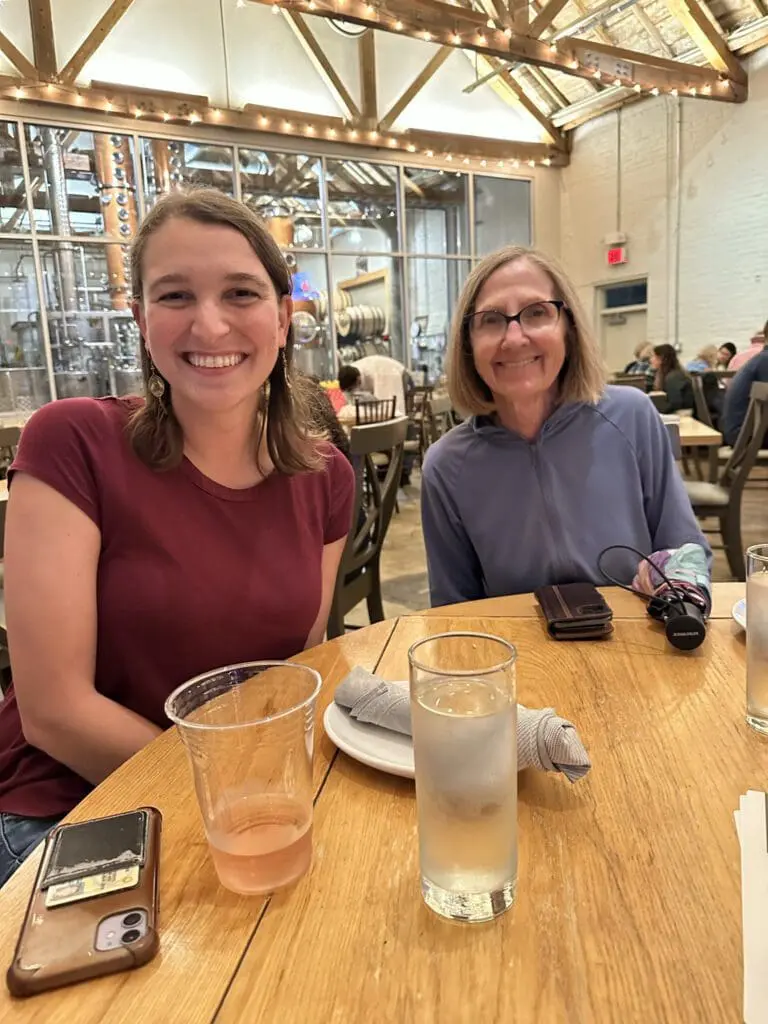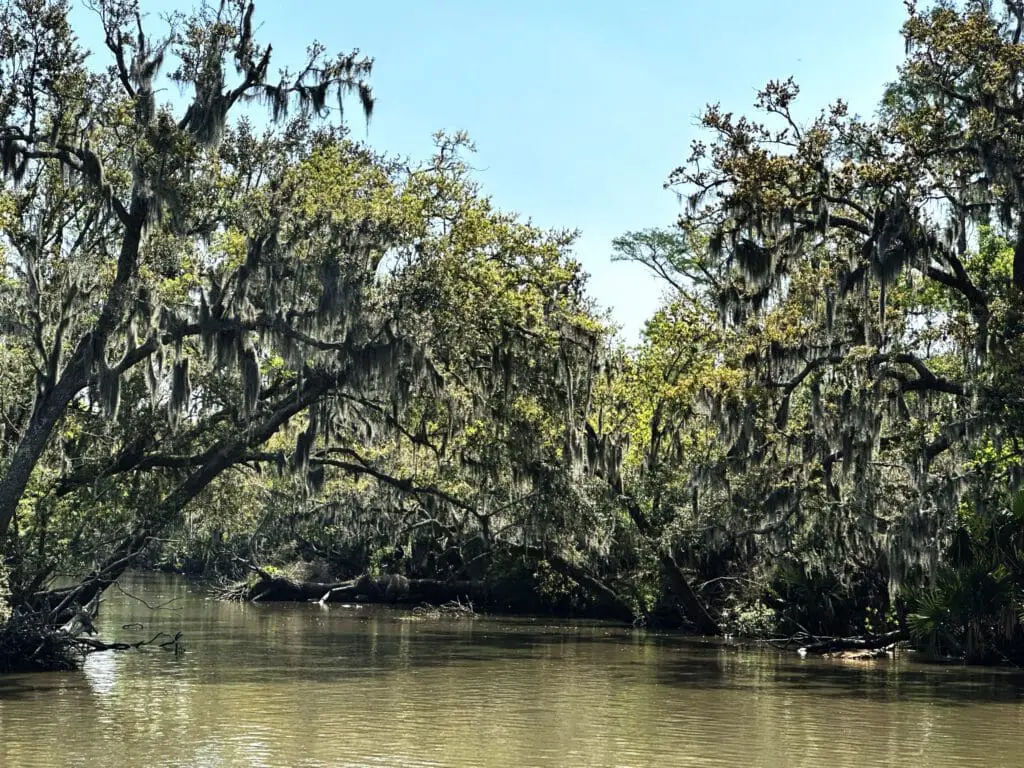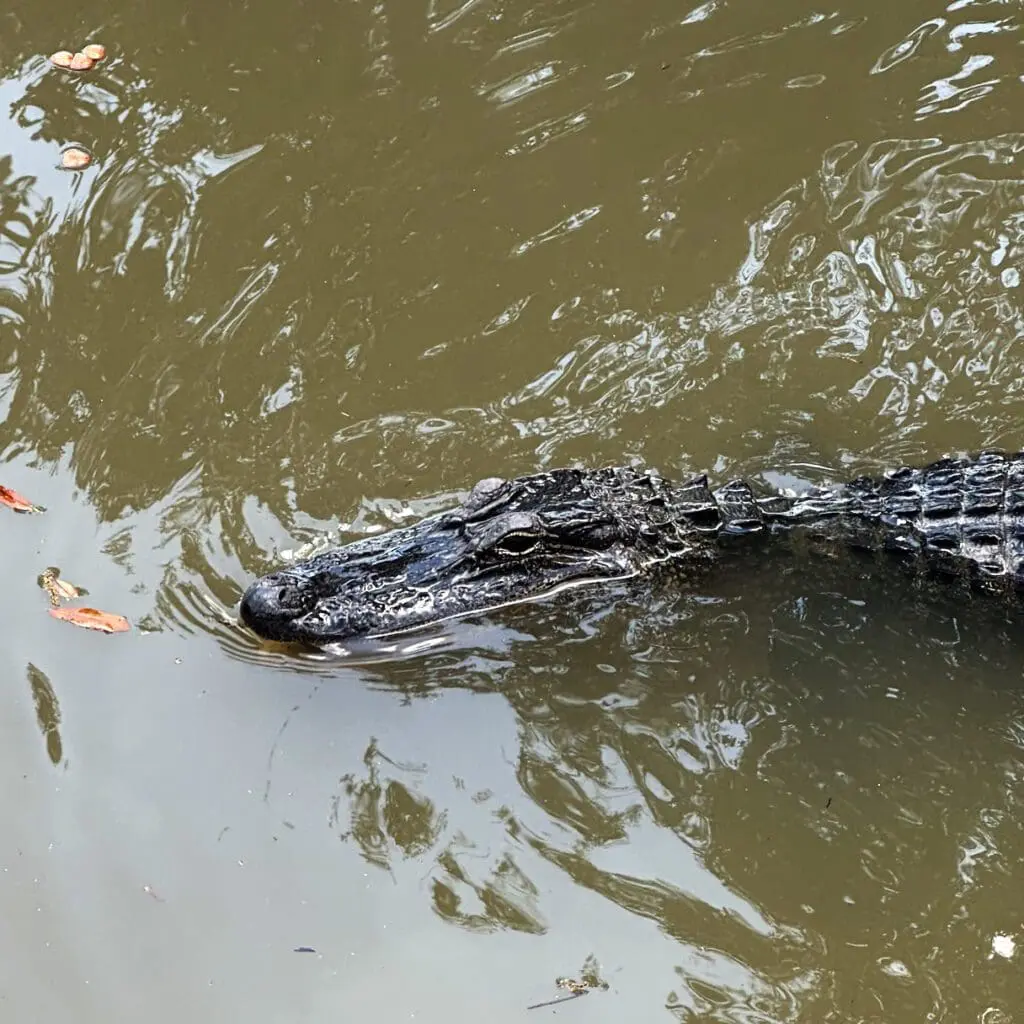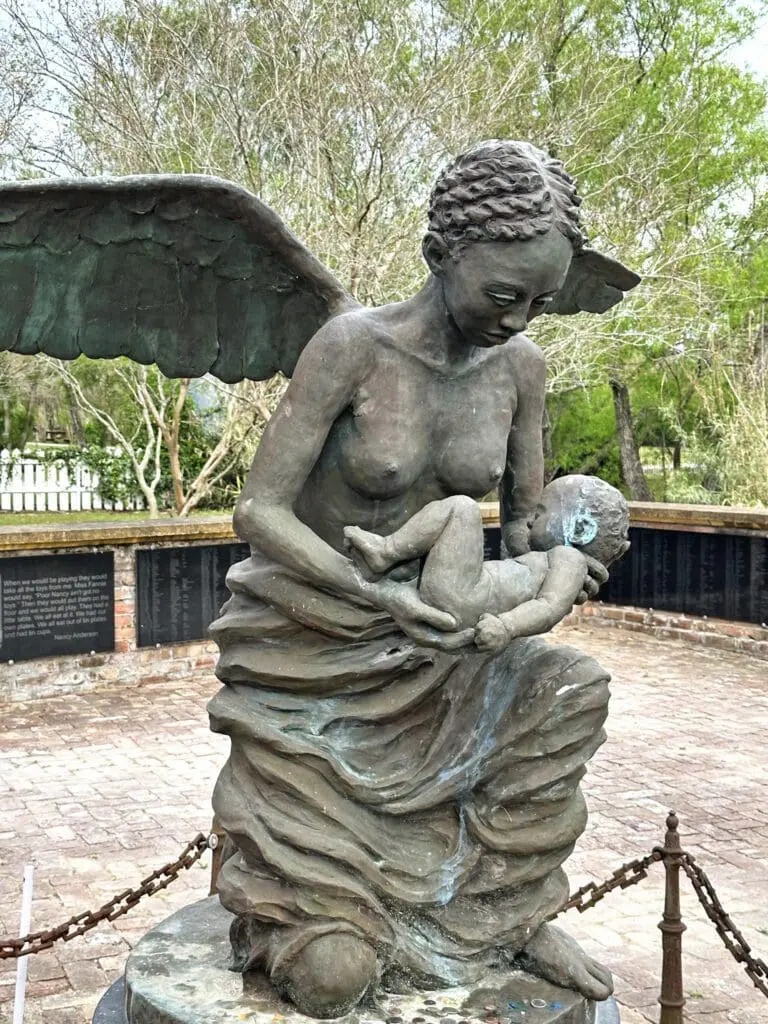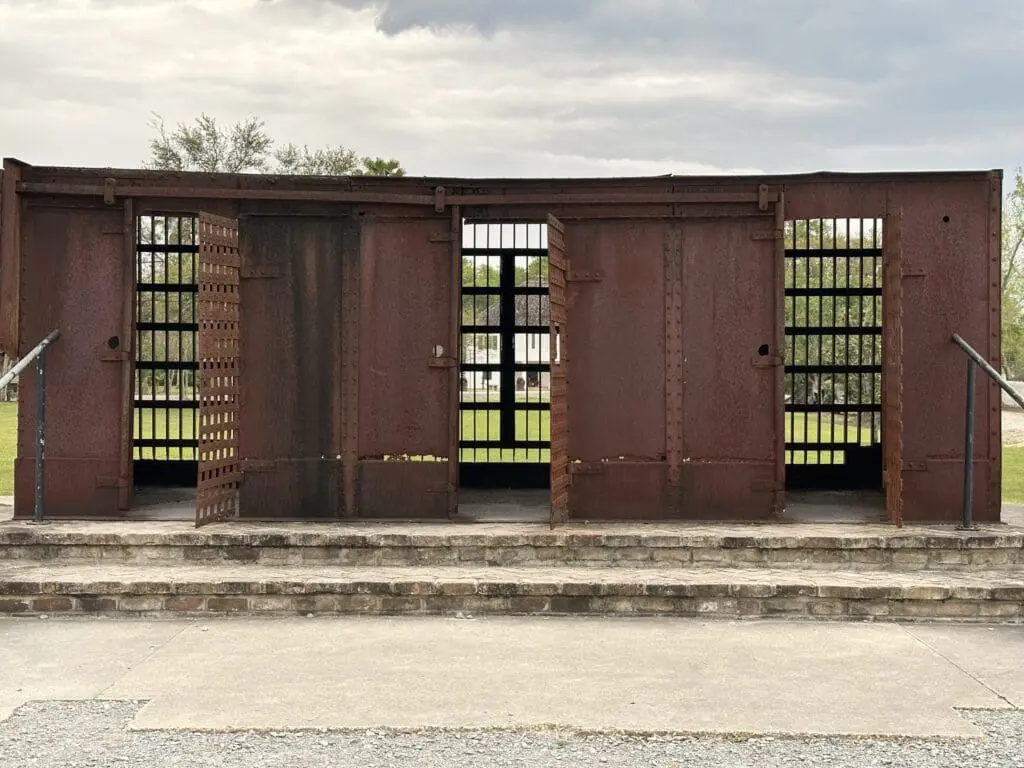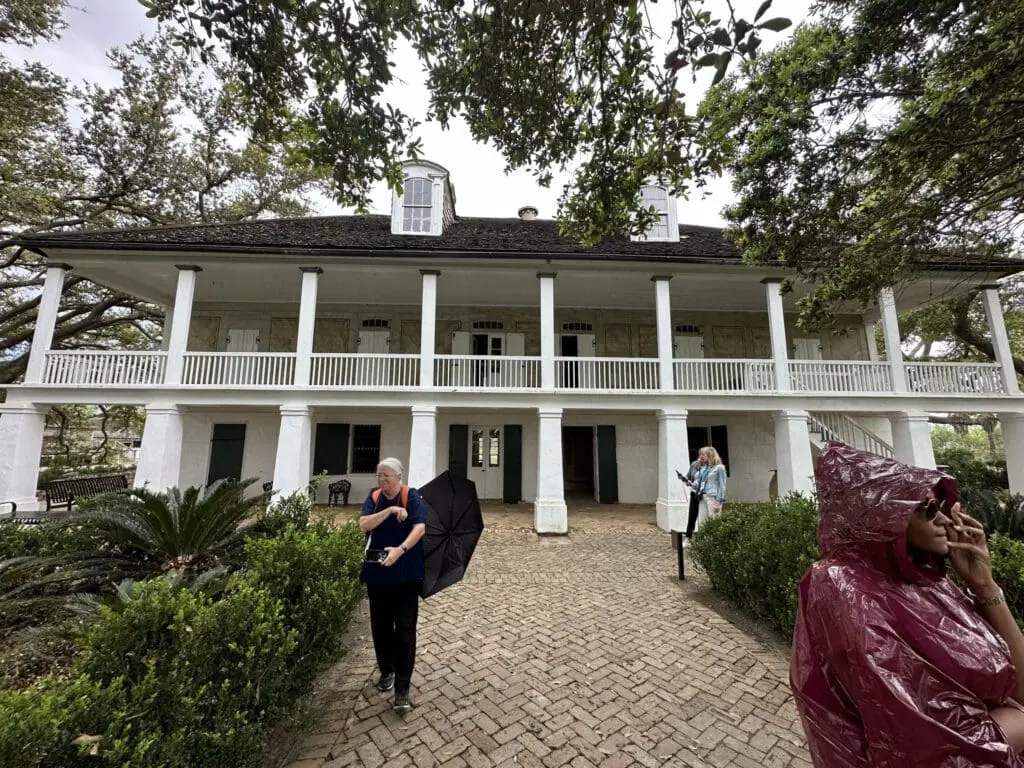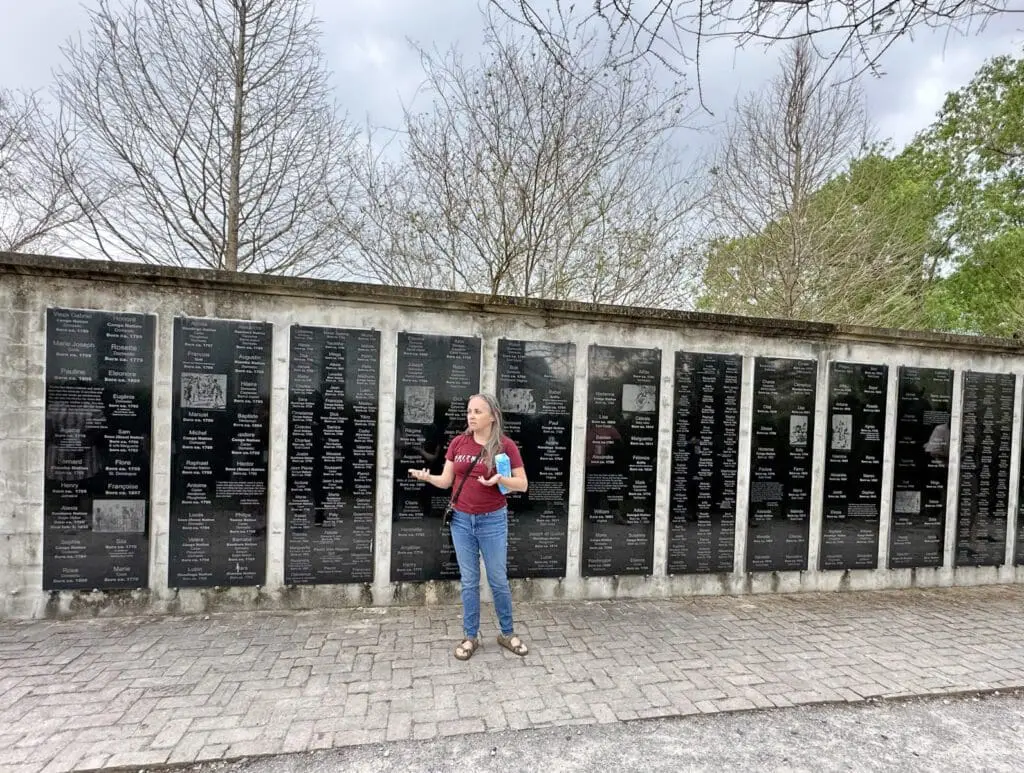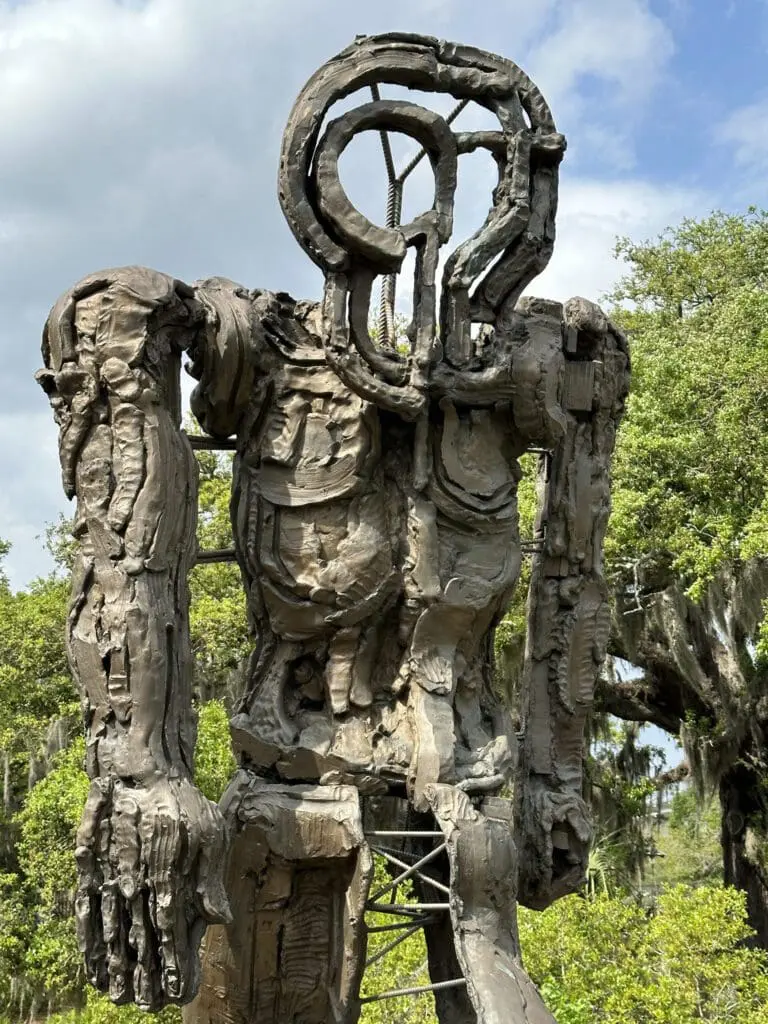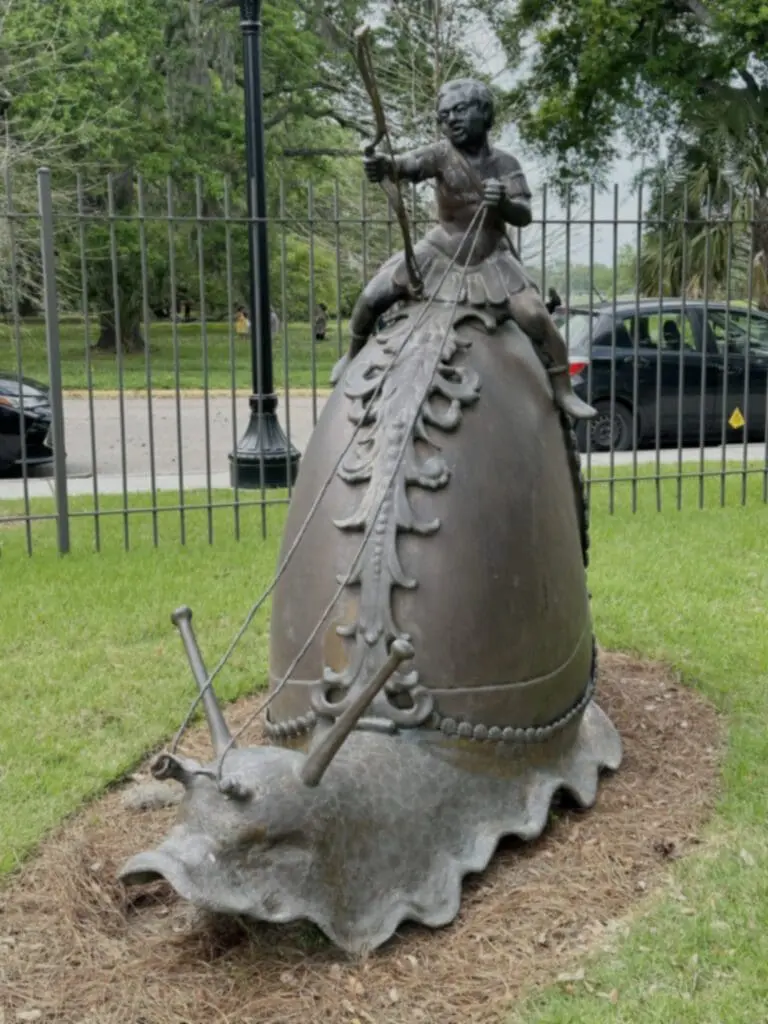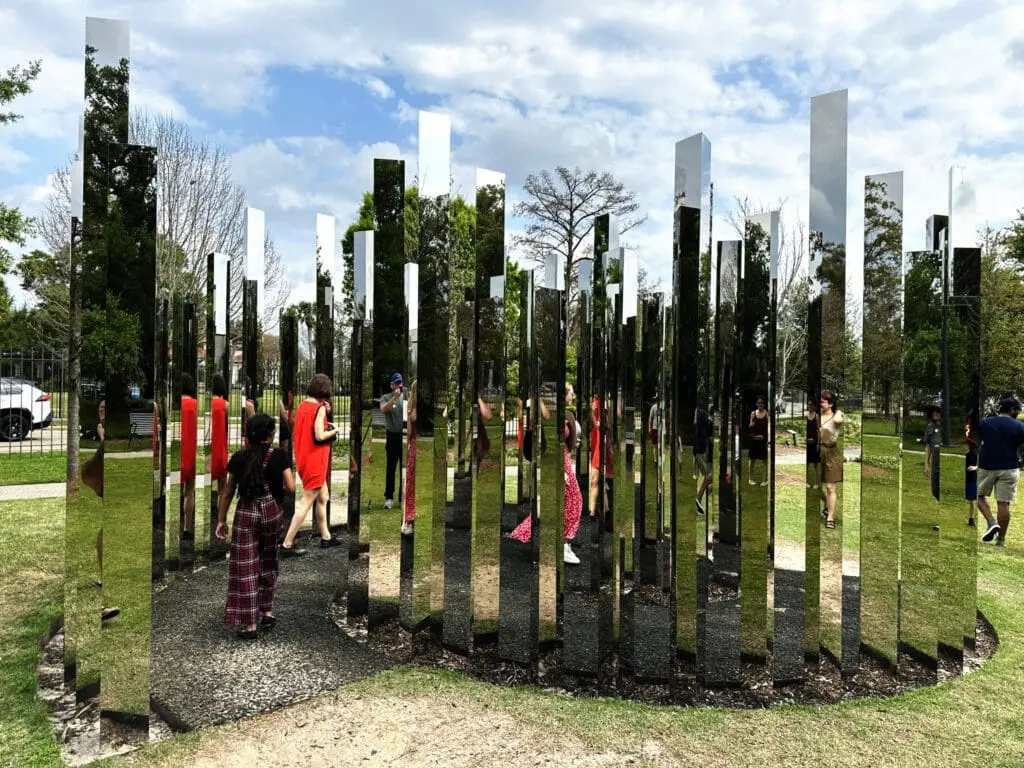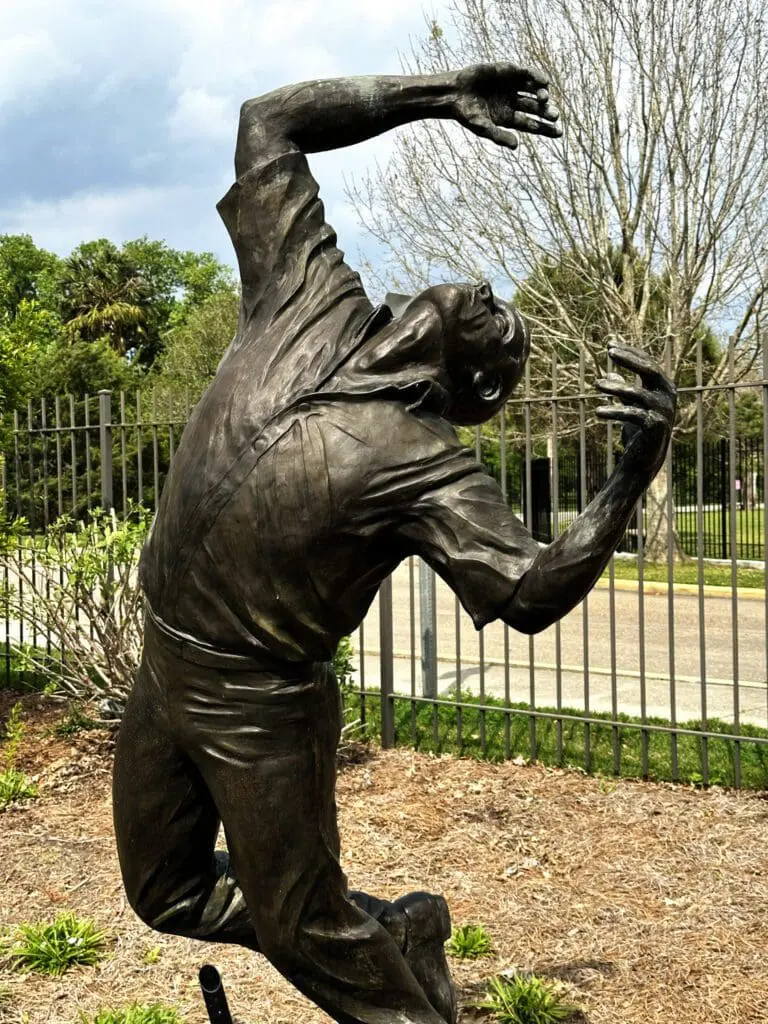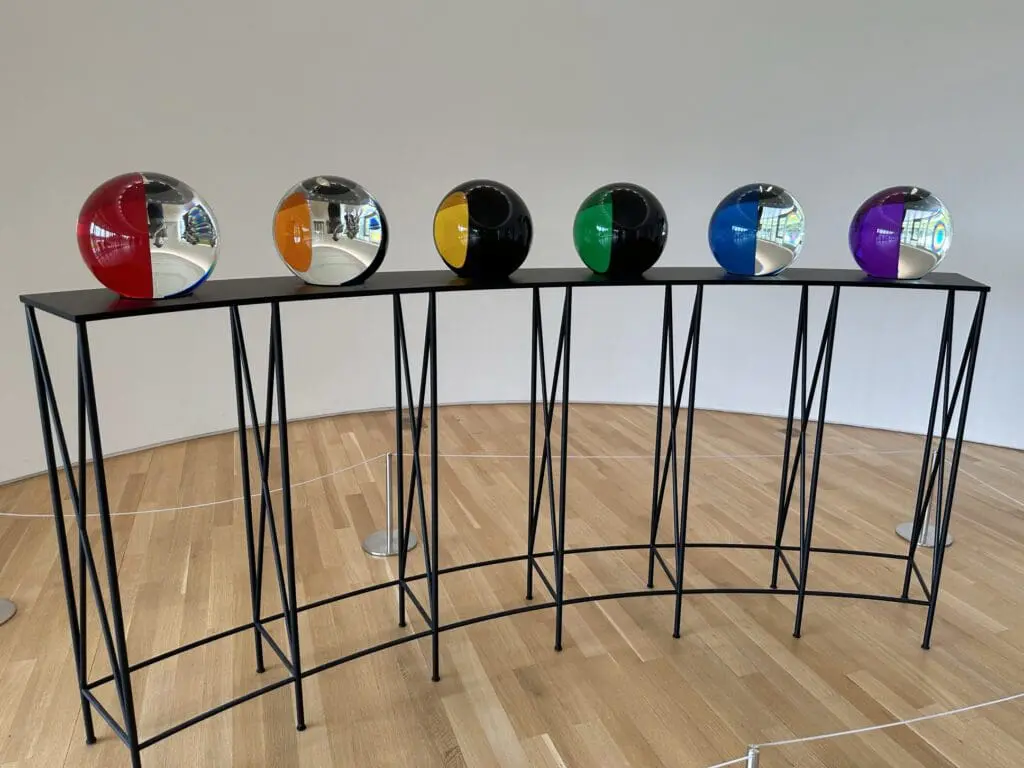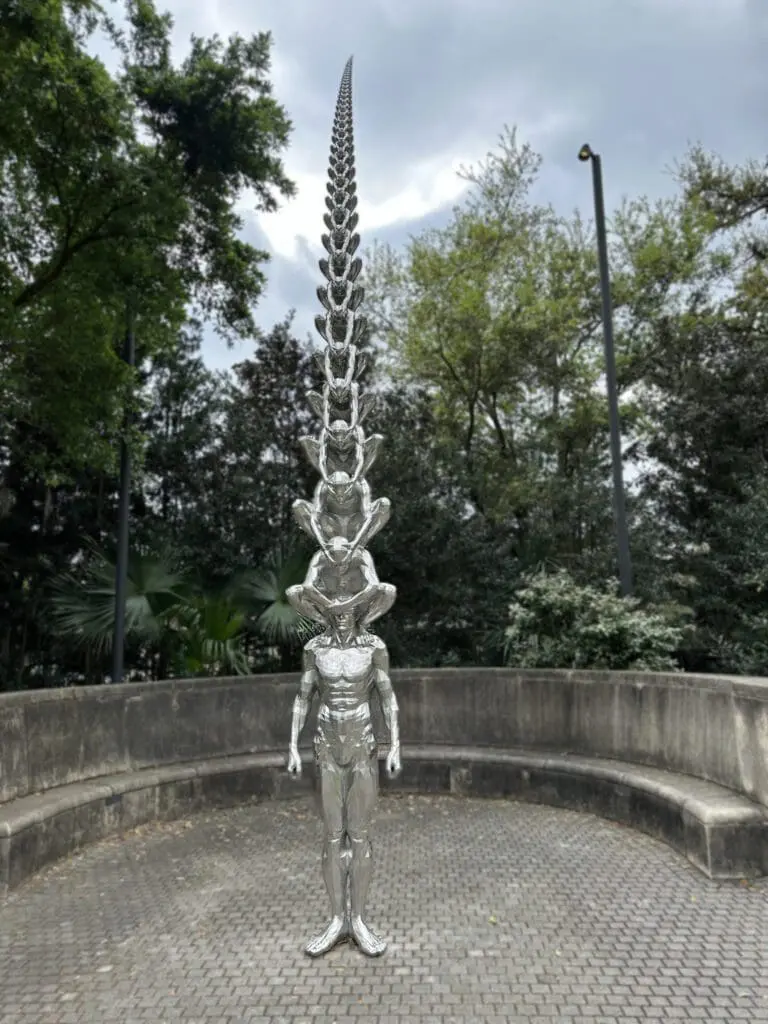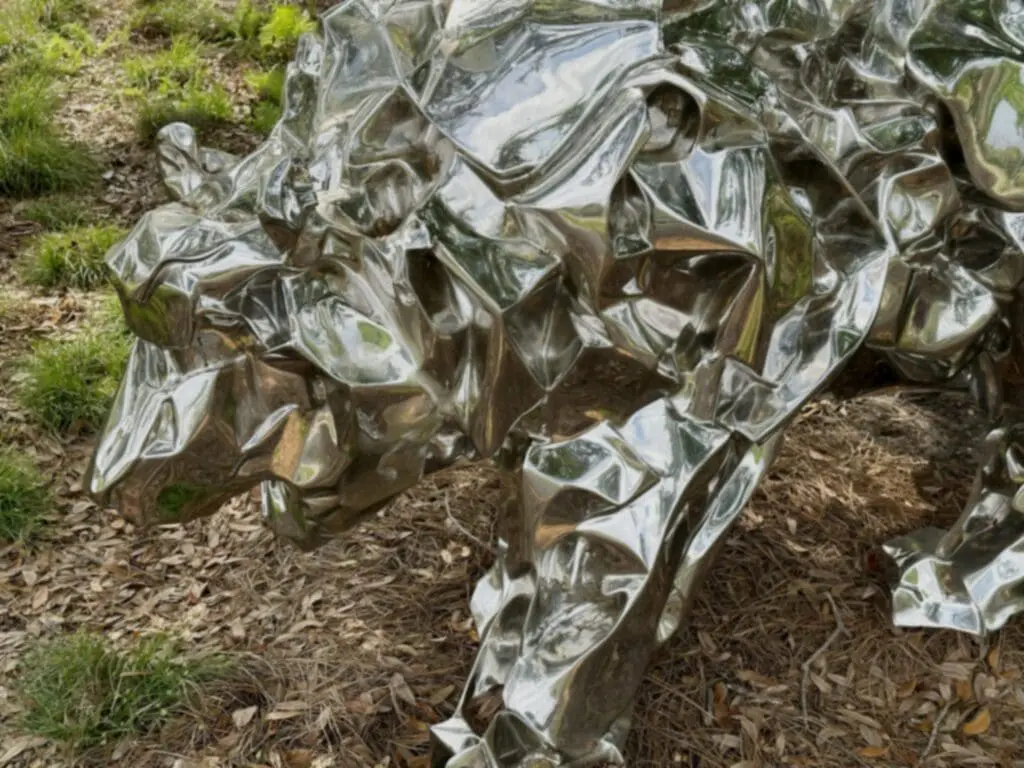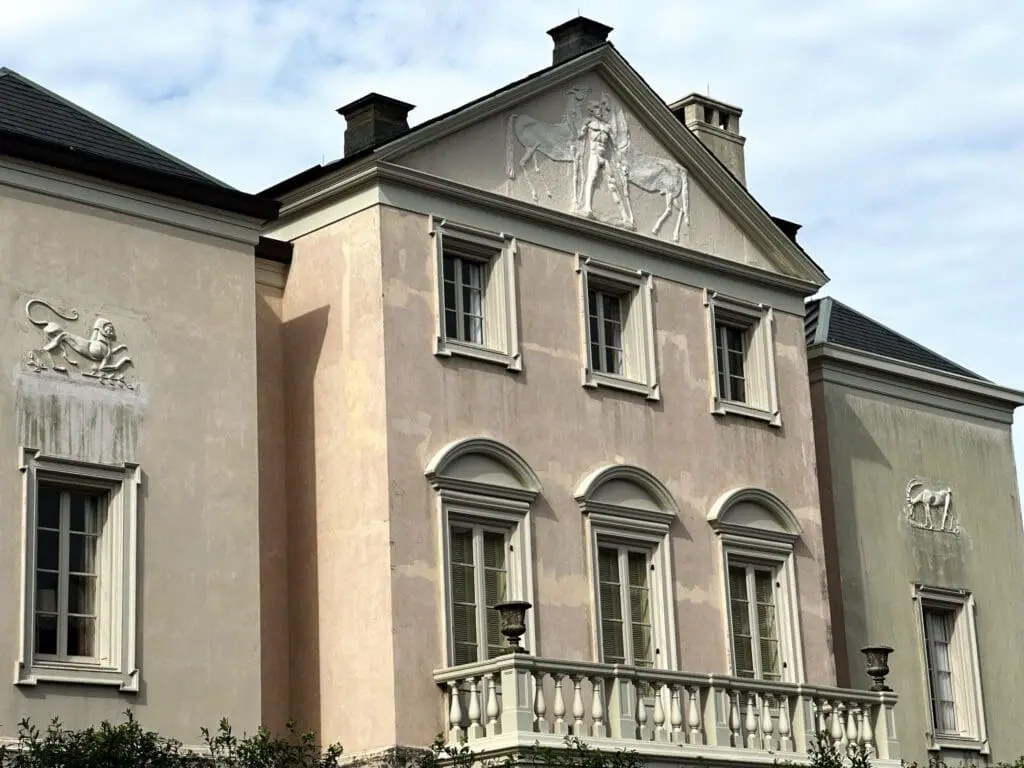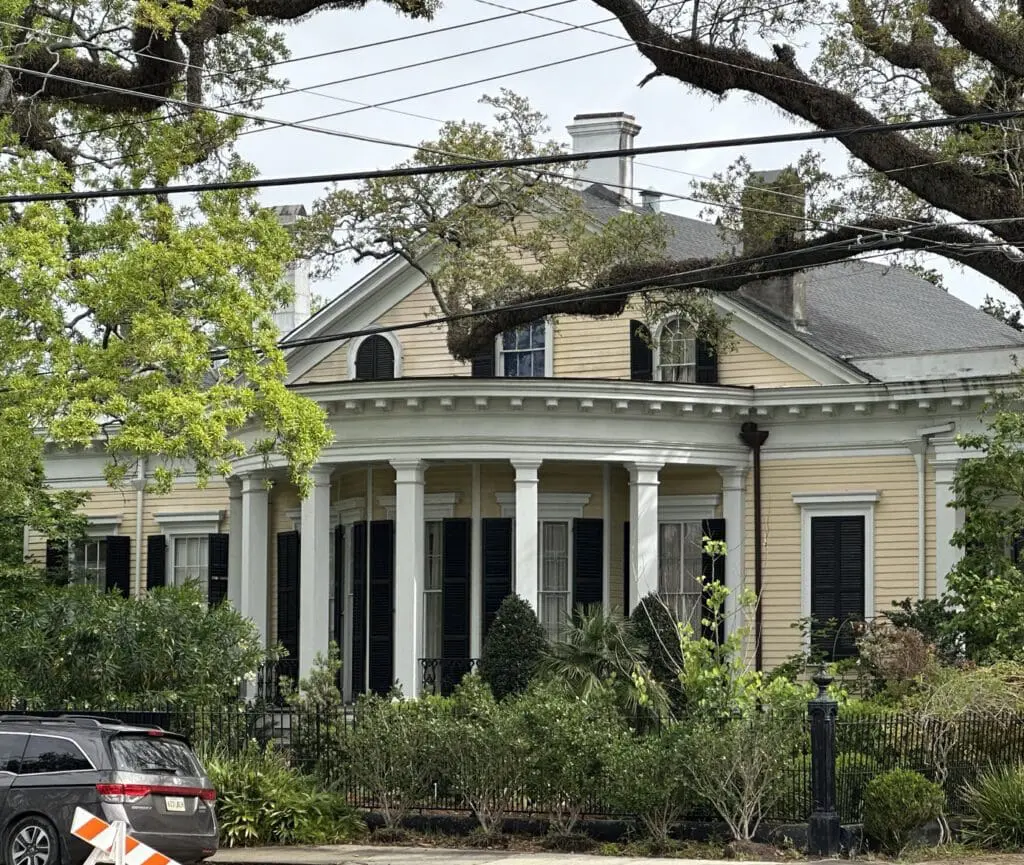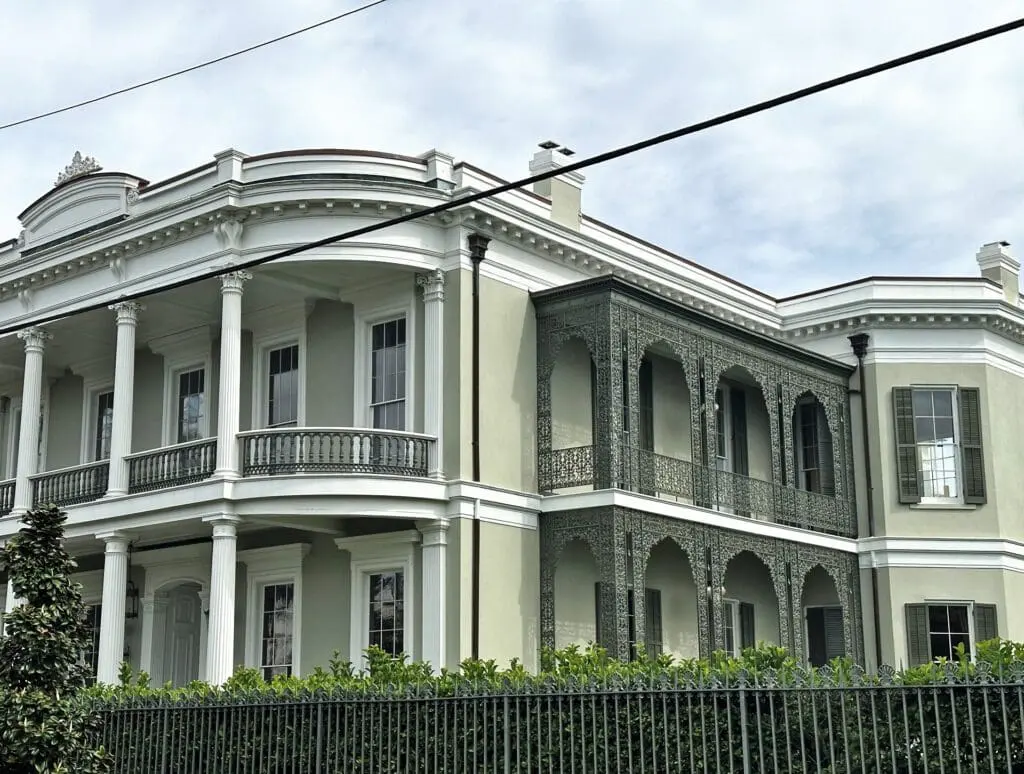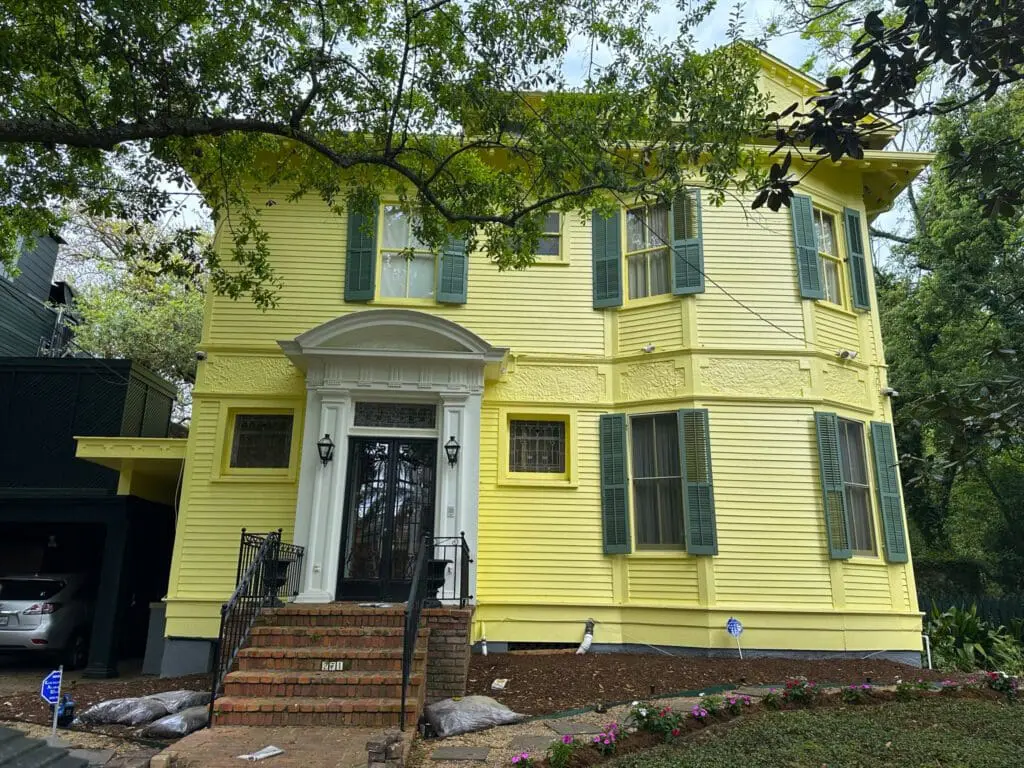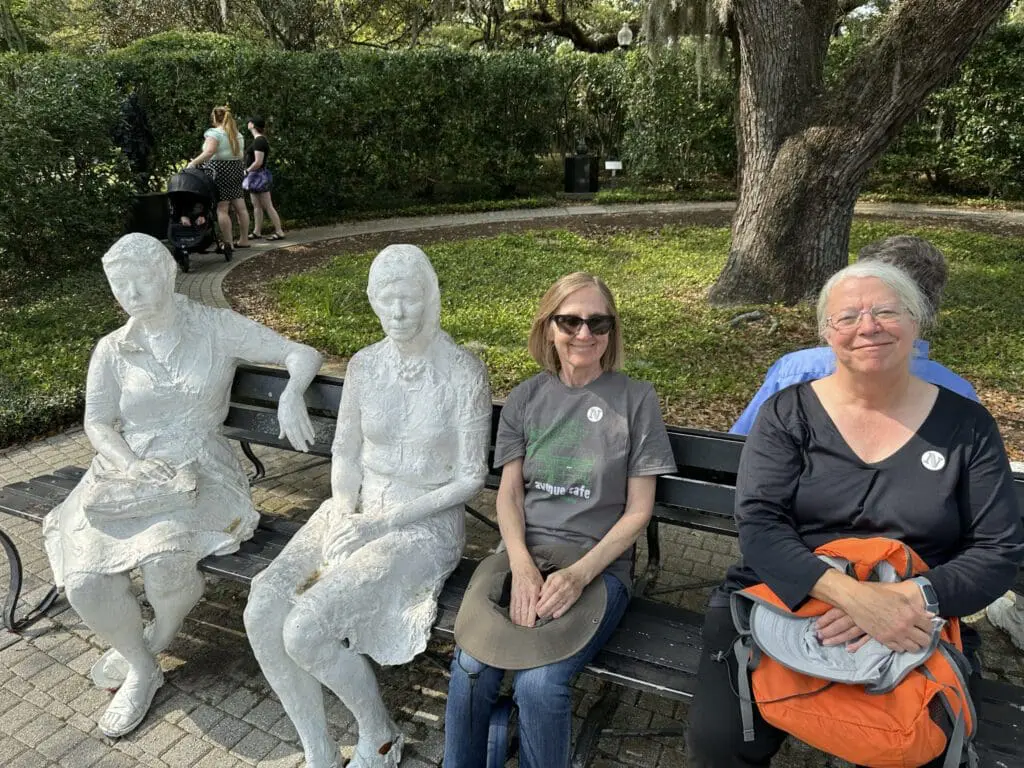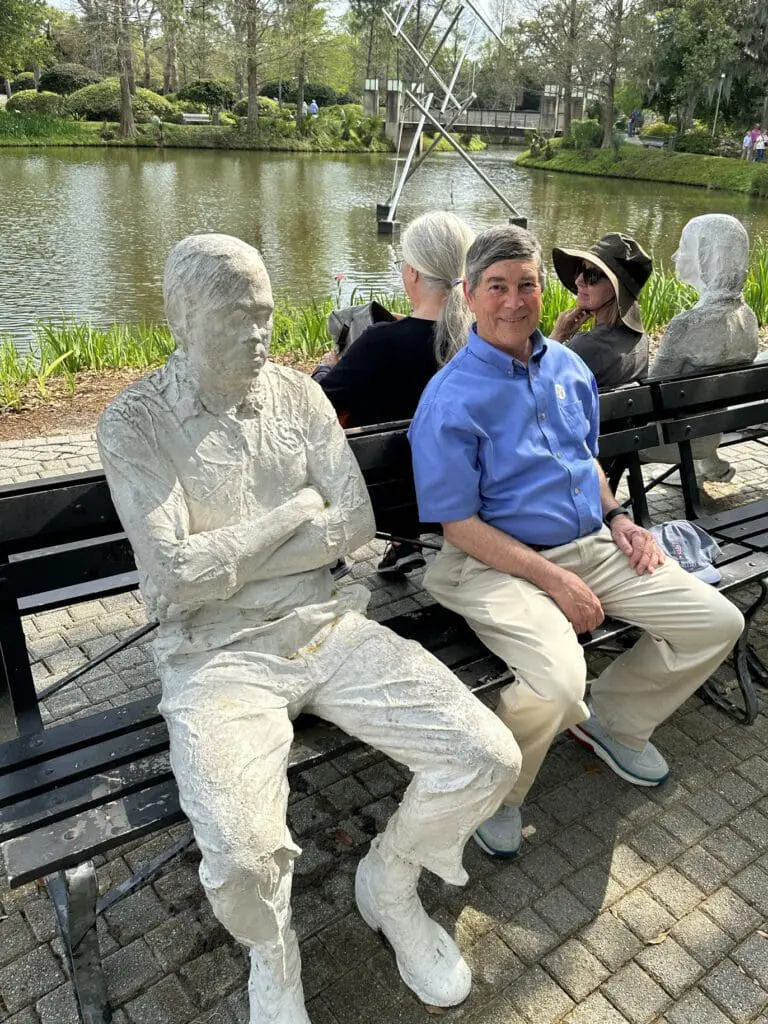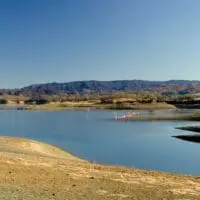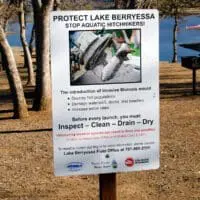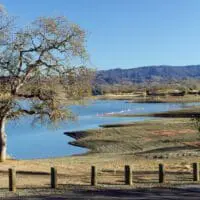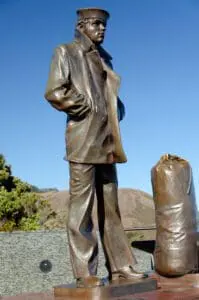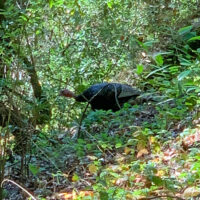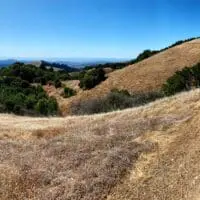We stopped for lunch in Natchez after we left Vicksburg. We’d rented a car and wanted to see more of Mississippi and Louisiana than you get to see from an interstate.
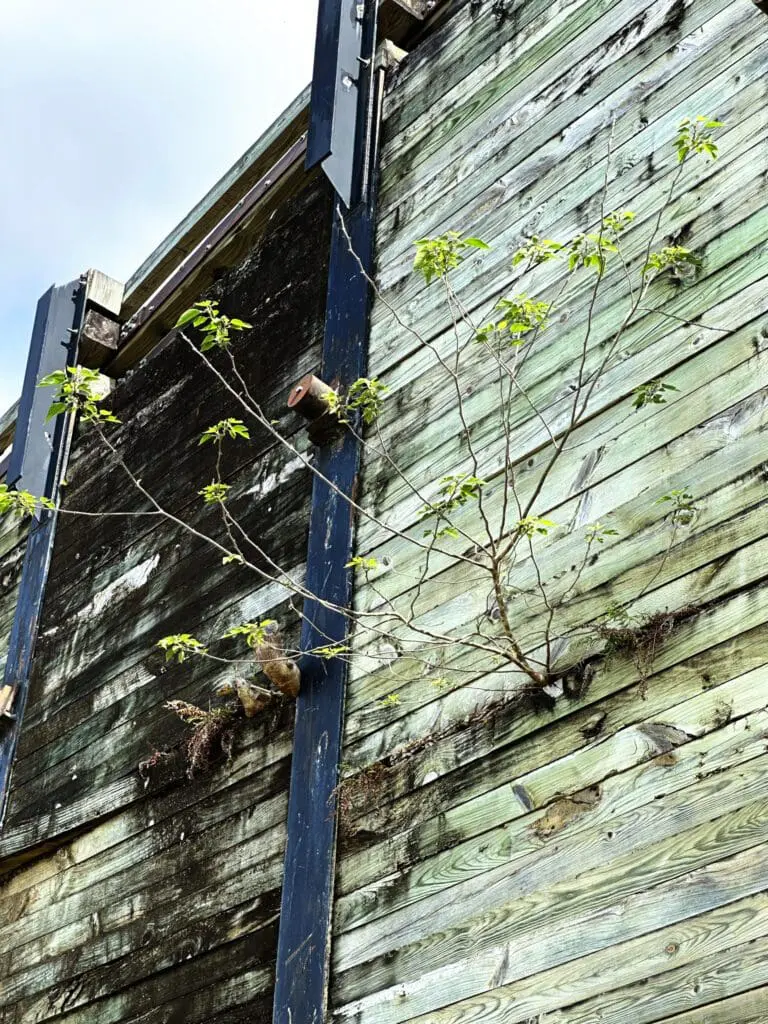
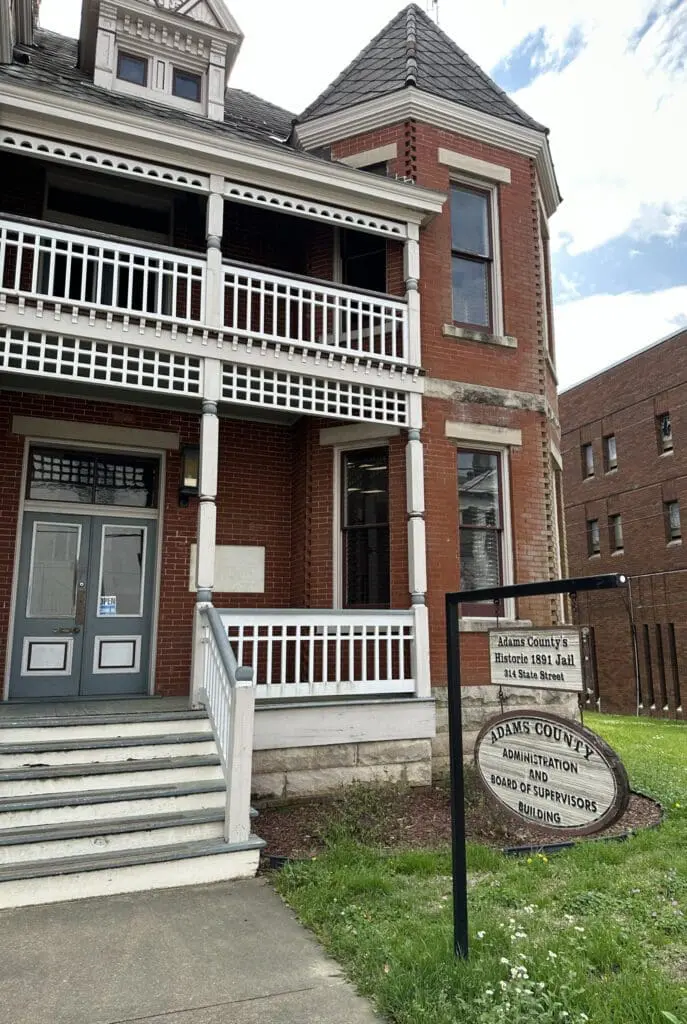
would love something like this!
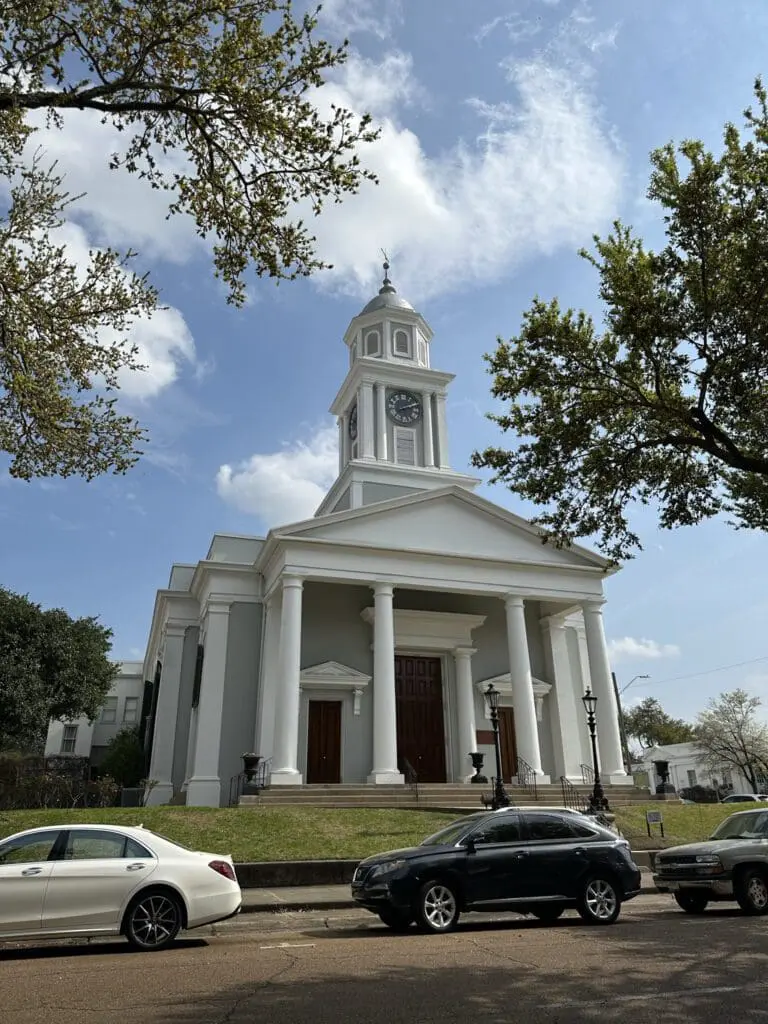
the cities and towns
Natchez holds the distinction of being the first European settlement along the Mississippi River, predating New Orleans. Probably because Natchez, with its bluffs, was a much easier place to build structures than New Orleans, much of which is below sea level.
New Orleans, where we spent five days, was a blast! Warm and muggy (except on the last day), and kinda dirty, but a really fun place to visit. Much of the messiness stems from all the hurricanes they’ve experienced over the last twenty years, which hit the city hard.
But even in the face of adversity New Orleans prides itself on enjoying life. Summed up in their motto, “Laissez les bon temps rouler” — Let the good times roll!
So, after Katrina hit they created “hurricane chic” from emergency tarpaulins.
From street musicians to beautiful parks to the National World War II museum, there’s so much to see. And it’s not just organized stuff. Click the link below to see how one New Orleans resident shares an oddball passion.
N’Orleans1 also offers a lot of great places to eat. We went to one of them, Lula Restaurant Distillery, several times because it was near our hotel. Recommended!
Besides gumbo, N’Orleans is probably best knowm for their signature dessert, beignets. A word of advice about that treat, though: based on our experience you’re better off getting beignets from the smaller chains rather than the bigger ones. For example, we bought our first beignets from Cafe du Monde, often cited as the go to place for beignets. But the ones we purchased at a local chain, New Orleans Coffee & Beignet Company, were much, much tastier. Just keep in mind that, wherever you buy them, there is no way to eat a beignet neatly. So avoid wearing dark clothing when consuming them :)!
Caroline suggested we work in a bayou tour, and I’m glad we did. Besides being a nice little diversion from urban life we got to meet a few of these critters. Who surprised us by coming up to the boat to get marshmallows and dog food, both of which are apparently delicacies among gators. Check out the video below!
We also made time to tour the Whitney Plantation. This is a sugar plantation2, originally operated with slaves, which continued in business until late in the 20th century. The foundation that runs the site has gone to a lot of work to learn as much as possible about what life was like for both the enslaved and the enslavers3
It’s disturbing how well thought out the post Civil War legal environment was, so that it could maintain something as close to actual slavery as possible. Laws designed to enable the state to imprison Blacks, so they could then be hired out as prison labor on the plantations their ancestors had lived on as slaves. Those laws, of course, were rarely, if ever, enforced against Whites who might run afoul of them.
I confess I’ve been a believer in American exceptionalism for all my life. But nowadays I remind people we have only truly been exceptional when we have lived up to what we claim we want to be on paper. And we far too often are willing to forfeit those beliefs, if doing so serves our self-interest.
If the Whitney Plantation was a sobering reminder of just how much evil we have permitted within our nation, the New Orleans art park shows how much beauty we can create when we apply our creativity in positive ways. I wish we had something like it in the Bay Area — we have the climate for it, and the philanthropical resources to foster it.
I particularly liked this sculpture of a bear. Which I think would be a much better one to have outside the California governor’s office than what we currently have on offer.
On our last day we did a walking tour of the Garden District, which is adjacent to where our hotel was. There were quite a number of beautiful homes on display.
You can see all of the photos from our Vicksburg, Natchez and New Orleans trip in my Google photo album.
Our alligator boat operator told us local dialects, regardless of the native tongue they’re based on, can be recognized by a dearth of syllables. ↩
sugar was a lot more common plantation crop in southern Louisiana than cotton ↩
“Enslavers” is now my go-to word for describing the bastards who profited from this utterly un-American way of life. “Confederates” glosses over the truth of what they did, and believed in. ↩
